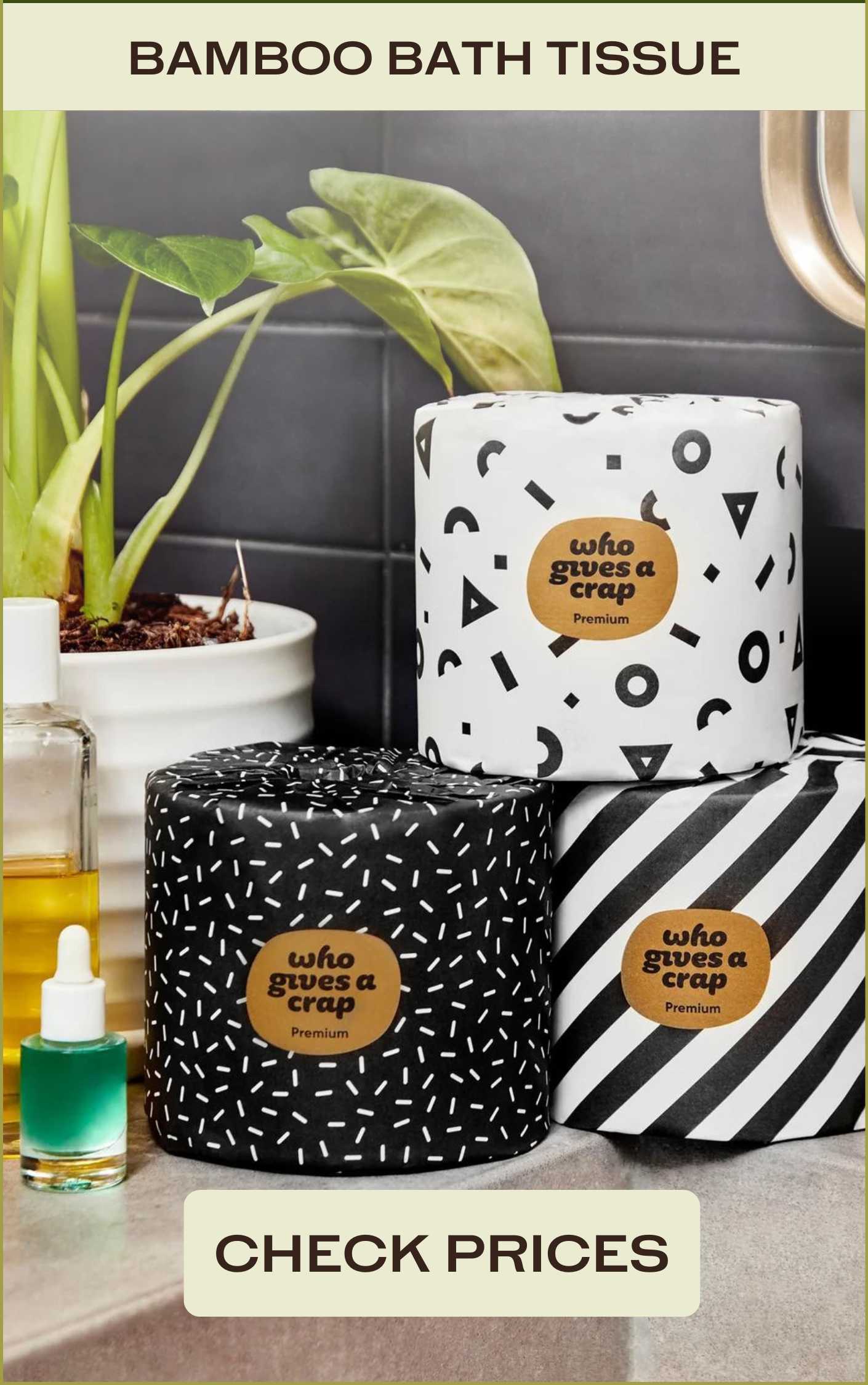Fermentation is on the rebound! And considering it is probably the oldest form of food and beverage preparation known to mankind, this resurgence is a long time coming. That’s right. Even before the scintillating discovery of fire, our bumbling ancestors had probably already found ways of storing their roots, grains and vegetables that made them more nutritious and delicious. Not to mention mood-enhancing, of course, because beer and wine are both products of fermentation that our species has enjoyed since time immemorial.
Fermentation is the key to making sauerkraut, sourdough bread, many kinds of pickles, and many types of alcohol. It’s also an excellent way to prepare and preserve raw bamboo shoots, in order to neutralize the toxins and enhance the flavors.
Cultural immersion with good bacteria
You know it in your gut, and the science confirms it: the benefits of naturally fermented probiotic bacteria are multitudinous. Whether you’re aiming to promote better digestion, trying to alleviate anxiety and depression, or simply looking for a good buzz, there’s a fermented culture to meet your needs.
Amidst this flurry of fermentation, legions of would-be mad scientists are now brewing all manner of probiotic cultures in their own homes, filling cupboards, pantries and laundry rooms with jars of pickles, sauerkraut, kimchi, ginger ale, and don’t forget the sourdough baked goods!
It’s an amazing process, one that borders on dark sorcery, shrouded in mystery and enchantment, but we’d like to take this opportunity to pull back the veil and reveal for you the scientific fundamentals of fermentation. (For the sake of brevity, we’re just going to talk about sauerkraut, with the understanding that most forms of fermentation abide by the same principles.)
Lacto Fermentation
So it all starts with salt and cabbage; the ingredients could not be simpler. And the result is a delectably savory side dish, sour, but not salty. So how does it work?
The secret fuel driving the engine of sauerkraut fermentation is a little something called Lactobacilli, which is just a fancy way of saying, lactic acid-producing bacteria. The lactic acid-producing bacteria come in a few varieties, but generally, they are anaerobic, which means that they thrive in an oxygen-free environment. Sauerkraut actually contains both Lactobacilli and Leuconostoc, which are technically microaerophiles, meaning they need very little oxygen, which they find in ample supply in the top half-inch or so of your well-sealed jar or crockpot.
The first stage of fermentation begins with Leuconostoc mesenteroides, as it consumes that bit of oxygen and replaces it with (or converts it into) carbon dioxide. You can observe this process by watching the bubbles rise and fizz in your jar. With the oxygen depleted, Lactobacillus plantarum and Lactobacillus cucumeris now kick into high gear, raising the acidity ever higher (or bringing the pH ever lower).
As this happens, the bacteria are essentially living off of the salt in your recipe and the sugar occurring naturally in your cabbage. At the same time, the increased acidity creates an environment hostile to unfriendly bacteria and fungi. Eventually, about the time the acidity reaches 2-2.5%, the sauerkraut will achieve a sufficiently sour flavor and stop fizzing. Store in a cool, dark place, for about 2 to 3 weeks, and burp them in once in a while to be sure that your jars don’t explode. And easy as that, it’s ready to eat.
Fit to be pickled
This is basically the same process used to turn cucumbers into pickles, or do most any other type of pickling. But there of many types of fermentation involving all sorts of yummy bacteria varieties. Experiment with care, and may the fruits of your methodology be always delicious!
Check out our Summer Pickle Recipe to see about brewing your own.
Fermentation with bamboo
The fresh and tender shoots of bamboo are known to be an excellent source of sustenance, readily available in many parts of Asia. Humans have been aware of Edible Bamboo Shoots for thousands of years. But eaten raw, they can bring an unpleasant experience.

Most raw bamboo contains natural toxins (glycosides), and so the shoots must be boiled or fermented to make them palatable. Boiling it may be somewhat easier, but fermentation has the added advantages of making the bamboo more flavorful and easier to store.
And still, fermenting bamboo is a surprisingly simple procedure. Like making sauerkraut, the bamboo only needs to be immersed in salt water for a few weeks. The beneficial bacterias will feed off the salt and the natural sugars in the bamboo, and as this happens, the toxic glycosides will break down. Fermented bamboo shoots make a delicious appetizer or side dish along with some curry or some hot and sour soup. Enjoy!
Further reading
Check out some of the following articles to learn more about fermented foods and consuming bamboo.
FEATURED PHOTO: Homemade jars of sauerkraut and kimchi in my own kitchen.




















